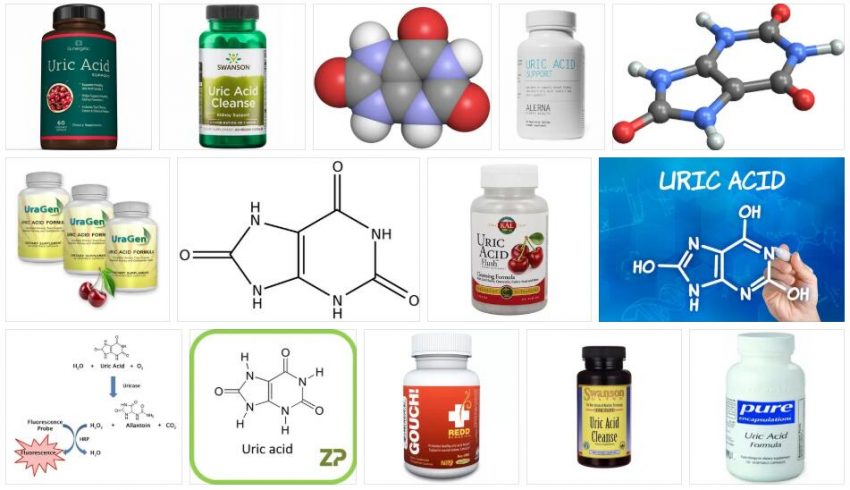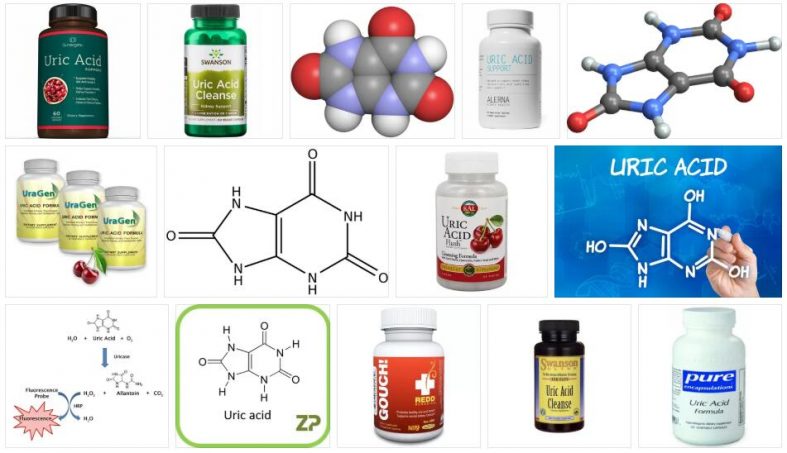The organic compound that is made up of oxygen, nitrogen, hydrogen and carbon is called uric acid. In the case of humans, uric acid is produced when nitrogen is metabolized, as a waste from this process. This acid, therefore, can be found in the urine.
Species that expel uric acid as waste are called uricotels. There are animals that excrete it with feces: therefore, guano (excrement of bats and other animals) can be used as a fertilizer, since it contains a high level of nitrogen in its uric acid.
In the case of people, there is a concentration of uric acid in the blood that is considered normal. The generally accepted limit is 7.2 milligrams per deciliter for men and 6 milligrams per deciliter for women. Depending on the type of diet, these levels may vary.
When the concentration is saturated, nephrolithiasis can be generated: the formation of stones in the kidneys by the crystallization of uric acid. In some cases, an increase in the amount of uric acid in the blood is linked to gout, the disease caused by crystals of a uric acid derivative that accumulate in different parts of the body.
In general, it can be said that the increase in uric acid in the bloodstream causes an increased risk of contracting different conditions, whether linked to the joints, kidneys or other parts of the body.
Although there are medications developed specifically to regulate the level of uric acid in our body, the best advice to avoid all the disorders associated with this organic compound is to eat a balanced diet. Let’s look at some of the most suitable foods to reduce or control the level of uric acid.
The artichokes are favorites for reducing uric acid, and this is because it is a natural diuretic. Consuming this vegetable regularly helps us eliminate toxins and, therefore, avoid fluid retention in the body.
Nor should we forget that artichokes offer us vitamins, antioxidants and minerals, as well as being rich in proteins, fatty acids and fibers. It is enough to boil them to obtain a broth, which we can drink, and soften them enough to enjoy them with oil and vinegar.
Another of the most effective foods to regulate the level of uric acid is onion. It is known that since ancient times it has been used to cure various diseases, and the fact that it is among the most common and cheapest products makes it even more convenient.
The onion offers tangible results against excess uric acid in the blood, and also contributes to the reduction of triglycerides. In addition to the endless number of dishes in which we can include it, such as a simple salad, there is a highly recommended drink, which is prepared by boiling two medium onions cut in half and then mixing the broth with the juice of half a lemon.
On the other hand we have pumpkin, a vegetable with diuretic properties ideal for eliminating excess uric acid through urine. In fact, it serves to cleanse the body in general. Just like onion, pumpkin is very versatile, since it can be consumed in many different ways; so much so, that it is possible to crush its seeds, previously dehydrated, and use them as a complement to salads or hot dishes, such as pasta or pizza.
In this list you can not miss the carrot, another of the most common and most beneficial vegetables. Thanks to its alkalizing action, they help us to eliminate the crystals that accumulate in the joints. Needless to mention the variety of ways in which it can be consumed, among which salads stand out (for which we can cut it into slices or grate it) and juice.

